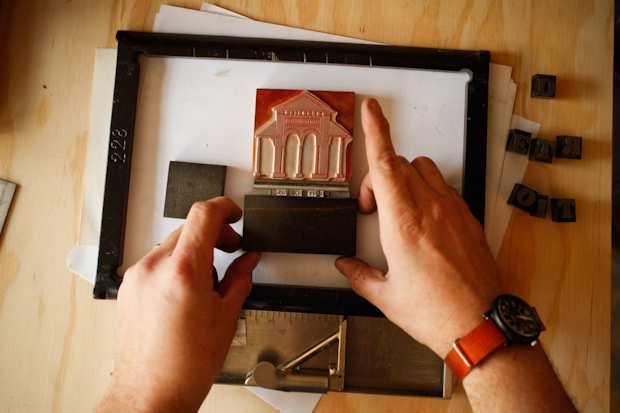
Finding the balance that shapes our cities for success
Photo credit: Marvin Shaouni via Flickr.
The national conversation on gentrification has suddenly intensified, with new voices questioning the nature of its impact. Stories in The New York Times, New York magazine and on NPR are sporting some surprising headlines that essentially ask, is gentrification in communities all bad?
I believe we need to consider the question in a different frame. At Knight Foundation, the work in our communities is focused on how civic innovation shapes places that accelerate talent and opportunity.
We are confident about these things:
- The percentage of college-educated people in a community is the most reliable predictor of its economic success.
- The more education people have, the more mobile they are.
- People increasingly decide, first, where they want to live. Then they look for a job.
- People with less education do better economically when they live in communities with people who have more education.
- Opportunity thrives when people are connected to diverse networks (the power of “weak ties”).
- Opportunity thrives when people of different incomes live near one another.
Now comes the tricky part: How can we reinvent our communities as places that both attract talent and create opportunity?
It wasn’t too long ago that people who cared about cities were praying for gentrification if that meant new investment and more people returning to their communities. Today, with the new appeal cities have for both millennials and baby boomers, some worry that development pressures mean longtime residents and independent businesses will inevitably be priced out of their neighborhoods, leading to more economic isolation (as well as soulless cities).
How can we harness exciting new market demand for cities to shape communities with more opportunity for all? Specifically, how can the design and programming of places accelerate economic opportunity? What are the best levers—policies, practices, projects—to make place an accelerator of economic opportunity?
That’s a question Knight will explore in a series of events this year. This month, we have invited a group of the nation’s best thinkers on this issue to share their work with us. We have commissioned design research on the topic in an attempt to observe what’s working in this and relevant fields. And in May, we will host a working studio for practitioners to use the academic and design research to develop prototypes we might test in Knight communities.
The issue of gentrification is often pitched as good vs. evil. But talent and opportunity in cities go hand in hand. We need both.
But getting and sustaining the kind of mixing of people that makes cities hum is not easy. As Justin Davidson wrote in New York, “Gentrification can nudge a neighborhood up the slope; decline can roll it off a cliff. Somewhere along that trajectory of change is a sweet spot, a mixed and humming street that is not quite settled or sanitized, where Old Guard and new arrivals coexist in equilibrium. The game is to make it last.”
As the national conversation on gentrification becomes more nuanced and reflective, it is an opening to test a range of new ways to get the kinds of neighborhoods that benefit us all.
Carol Coletta, vice president of community and national initiatives at Knight Foundation
Join Carol Coletta and urban planner Andrés Duany from noon to 1 p.m. ET Tuesday, March 4, in a webinar on “Lean Urbanism: Building Successful Cities.” Register here and follow #LeanUrbanism on Twitter.
Recent Content
-
Community Impactarticle ·
-
Community Impactarticle ·
-
Community Impactarticle ·


